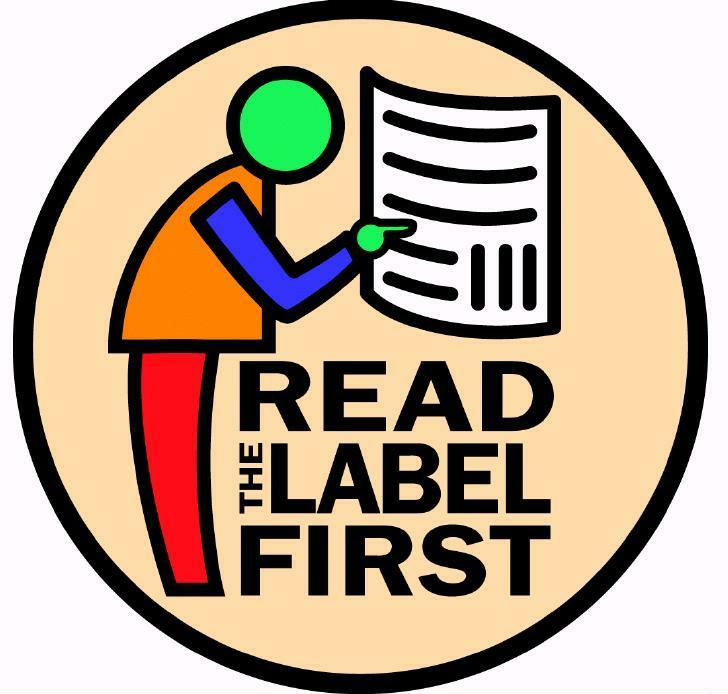An Introduction to Integrated Pest Management for Youth
Larry Schulze, Professor Emeritus and Extension Pesticide Education Specialist, retired, Department of Agronomy and Horticulture, University of Nebraska - Lincoln
It has been felt or seen by most Cooperative Extension workers. It initially appears quite innocently. Maybe it's a casual comment from a client, or it could be an expression of substantial concern or fear. Whatever the original source, expressed apprehension concerning the broad spectrum of chemicals, their purpose, their use or misuse, their impact (real or imagined), is felt in our communities.
One may wince when a comment is heard that "all chemicals are bad and should be eliminated." If ever there is a "teachable moment", that's one. Our entire world is make up of chemicals, either elements or compounds. Water, the most basic of our needs, is a chemical compound.
The chemophobia issue came home to me in a specific incident. My younger daughter returned one day from junior high school venting her frustration. Her classmates had discussed careers and shared what their parents did for a living. When she said that her father worked with pesticides and taught pesticide safety, her teacher reacted with visible horror. He commented that pesticides killed everything and, in his opinion, caused unnecessary health risks.
So, the need to present a more objective view of pesticides became evident. Youth and adults could benefit from a broader perspective concerning pest management, including the role of pesticides. As a result, the "Wild World of Pest Management" presentation was developed in 1992 and has been presented annually for over 25 years reaching over 30,000 students. It has the approach and adaptability that allows it to be presented to a youth or adult audience, and has been used with 4-H groups and at water festival or environmental field days. A lesson plan is included at the end of this discussion.
In the presentation of the "Wild World of Pest Management", the incorporation of visual aids and student participation are critical for optimum involvement and learning. The visual aids are identified on the lesson plan. Whenever possible, live visuals such as Madagascar hissing cockroaches, dandelions and a Corn snake are used. New, empty pesticide containers obtained from chemical companies are also used as exhibits whenever possible.
The approach in the presentation is straightforward and basic. It begins with the underlying principle of all pest management strategies: Identify the pest first and then consider the natural and optional methods IF a control is needed. Pesticides, as an optional pest control method, are deliberately presented last. All other optional methods should be considered first. During the discussion, the concept that pesticides occur naturally in nature is presented. The presentation also strikes at the myth that "naturally occurring pesticides are much safer than synthetic pesticides."
Commonly, pesticides are usually thought to be those products that are only applied by exterminators, lawn care operators and farmers. So pesticide products, especially those commonly found in homes that are accepted for their pesticidal properties and often taken for granted such as Clorox disinfectant bleach, Comet disinfectant cleaner, and Pine Sol are presented and discussed.
A cavalier attitude about pesticides definitely is not part of this presentation. Since all pesticides have the potential to be toxic (it’s the dose that makes the poison, not the product itself), all must be evaluated before use, and then used properly.
The conclusion to this presentation emphasizes these important points about pest management:

1. Although the specific words of "Integrated Pest Management" are not specifically used in this presentation with fifth
graders, the theme of the entire presentation is based upon the IPM concept and the use of multiple pest controls
2. A pesticide is only used when needed and after other controls are considered
3. If a pesticide is selected for use, use it wisely and according to the label
4. Some very common products are pesticides such as household cleaning products and disinfectants.
5. We have a shared responsibility for environmental stewardship when controlling pests.
A Lesson plan is distributed to teachers as they escort their classes to the Wild World of Pest Management sessions. Each session is about 25 minutes in length. Teachers are encouraged to reinforce points gleaned from the presentation and the lesson plan with their students as a follow-up learning activity. The teachers greatly appreciate the lesson plan handout to enhance the learning process with their students. The presentation incorporates references to a wide variety of topics including natural sciences, biology, U.S. history, and geography.
A “Wild World of Pest Management” presentation (PDF) describes the program as it is presented to students. In this case, the program is delivered in a cabin at an indoor setting at a water festival (a 4-H Camp) near Fairbury, Nebraska. The slide presentation describes the delivery of the program, the interactions with the students, and their participation process.